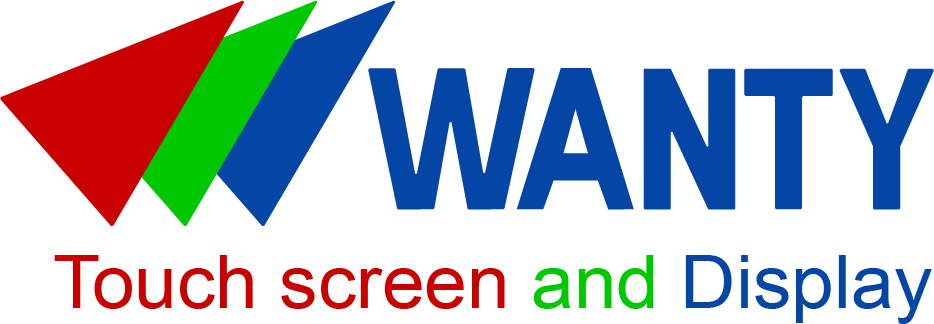5-Point vs 10-Point Touchscreen: What's the Difference and Why It Matters
News
Jun-14-2025
In the world of touch-enabled devices, one often-overlooked yet crucial specification is touchpoint capability—typically listed as 5-point or 10-point touchscreen support. While it may sound like a minor technicality, the difference between a 5-point and a 10-point touchscreen can significantly impact usability, especially for certain types of applications, users, or industries.
This blog dives deep into what these terms mean, their pros and cons, real-world applications, and how to choose the right one for your needs.
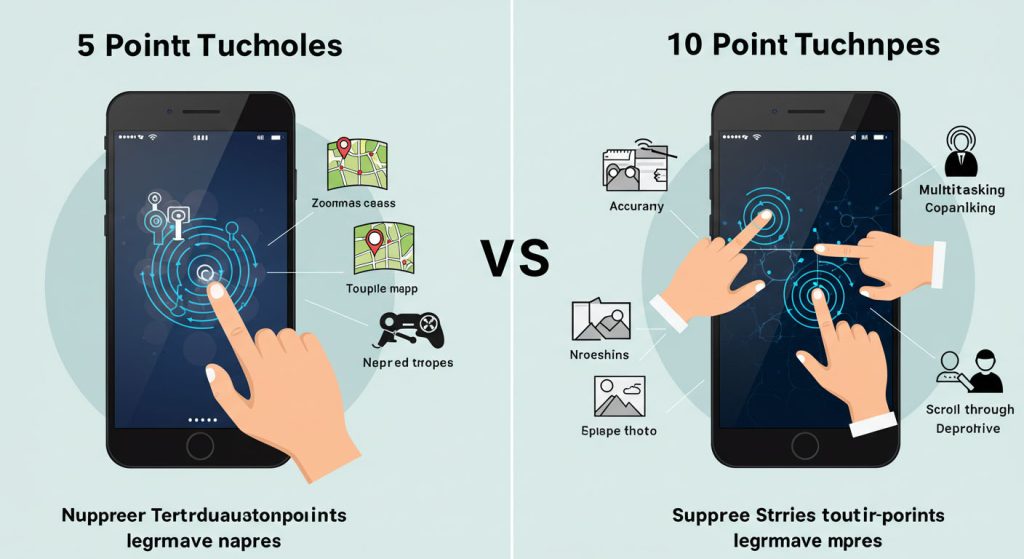
Understanding Touchpoints
First, let’s clarify what “touchpoints” actually are.
A touchpoint refers to how many fingers (or other conductive touch inputs) a screen can detect simultaneously. So:
- A 5-point touchscreen can recognize up to five simultaneous touches.
- A 10-point touchscreen can recognize up to ten simultaneous touches.
It’s not just about how many fingers are on the screen—it’s about how many distinct points the screen can track at once. This ability has implications for gesture control, multi-user interfaces, gaming, art creation, and more.
5-Point Touchscreen: Simplicity and Efficiency
What It Offers
5-point touchscreens are more than enough for basic to moderate touch interaction. Most of the common gestures—pinch-to-zoom, swiping, dragging, tapping—require only two or three fingers. A 5-point touchscreen allows:
- Up to 5-finger multi-touch gestures.
- Two users using the screen together (depending on the app).
- Smooth performance for basic games, productivity apps, and web browsing.
Use Cases
- Budget tablets and smartphones often use 5-point touchscreens to reduce costs while maintaining functionality.
- POS (Point of Sale) systems don’t typically require more than 2-3 touchpoints, making 5-point screens ideal.
- Education environments, where cost-effectiveness is crucial and advanced gestures are rare.
Pros
- Lower cost: Generally cheaper to manufacture.
- Lower power consumption: Fewer sensors mean slightly better battery life.
- Good for casual users: Handles everyday apps and gestures with ease.
Cons
- Limited for complex tasks: Not ideal for advanced gaming, collaborative apps, or professional creative software.
- Not suitable for multi-user high interaction: More than one user interacting intensively might face missed touches.
10-Point Touchscreen: Power for Professionals and Play
What It Offers
10-point touchscreens are the standard in modern premium devices. They support:
- Full 10-finger gesture control.
- Multi-user collaboration (two people using five fingers each).
- Complex multi-touch apps—especially in art, music, and gaming.
This is particularly useful in applications like:
- Digital painting (e.g., using multiple fingers to zoom, pan, and draw).
- Mobile gaming (e.g., complex controls in shooter or racing games).
- Music production (e.g., digital piano or synth apps that require many keys).
- Interactive kiosks where multiple people may interact simultaneously.
Use Cases
- High-end tablets, phones, and laptops such as iPads, Microsoft Surface devices, or gaming tablets.
- Design studios where touch gestures are part of the creative process.
- Gaming setups, particularly those that involve virtual joysticks or on-screen controls.
- Collaborative touch tables or educational boards.
Pros
- Ultimate gesture control: Enables full-finger gestures and combinations.
- Better responsiveness in high-interaction scenarios.
- Future-proof: Supports the growing complexity of modern apps and games.
Cons
- Higher cost: More sensors and tech involved.
- Slightly higher power usage, though this is minimal in modern devices.
Technical Comparison
| Feature | 5-Point Touchscreen | 10-Point Touchscreen |
|---|---|---|
| Max Simultaneous Inputs | 5 | 10 |
| Gesture Compatibility | Basic (2-3 finger) | Advanced (5+ finger) |
| Multi-User Support | Limited | Full |
| Gaming Suitability | Casual | Advanced |
| Artistic Usability | Basic | Ideal for digital art |
| Cost | Lower | Higher |
| Power Efficiency | Slightly better | Slightly worse |
Which One Should You Choose?
Choose a 5-point touchscreen if:
- You're buying a budget device for everyday use.
- You primarily use the device for web browsing, video watching, email, and light gaming.
- You want a low-cost touchscreen kiosk or POS system.
- You're developing an app with simple touch controls.
Choose a 10-point touchscreen if:
- You're into creative work, like digital illustration or music composition.
- You're a mobile gamer using multi-touch controls.
- You want a device that can handle complex gestures and multi-user interactions.
- You’re using the screen as a collaborative workspace or interactive display.
Hidden Considerations
App Compatibility
Not all apps utilize 10-point touch. In fact, many mainstream apps are still optimized for basic gestures. However, creative and professional apps like Procreate, FL Studio, and Photoshop benefit from full 10-point support.
Hardware Quality
It’s not just about the number of touchpoints—the responsiveness, refresh rate, and latency also matter. A poor-quality 10-point screen may still perform worse than a high-quality 5-point one.
Operating System Support
Android, iOS, and Windows all support 10-point touch at the OS level, but actual support can vary based on the device manufacturer, drivers, and screen calibration.
Conclusion
While the difference between a 5-point and 10-point touchscreen might seem subtle at first, it has clear implications for how a device can be used—especially when it comes to gaming, creativity, collaboration, and precision.
If you're buying or designing for simple, everyday use, a 5-point screen is economical and efficient. But if you’re aiming for full interaction potential, especially in creative or high-performance environments, a 10-point touchscreen offers the versatility and responsiveness you’ll need.
As technology continues to evolve, touch interaction will only become more sophisticated—and having the right screen is the foundation of that experience.
Related Topics
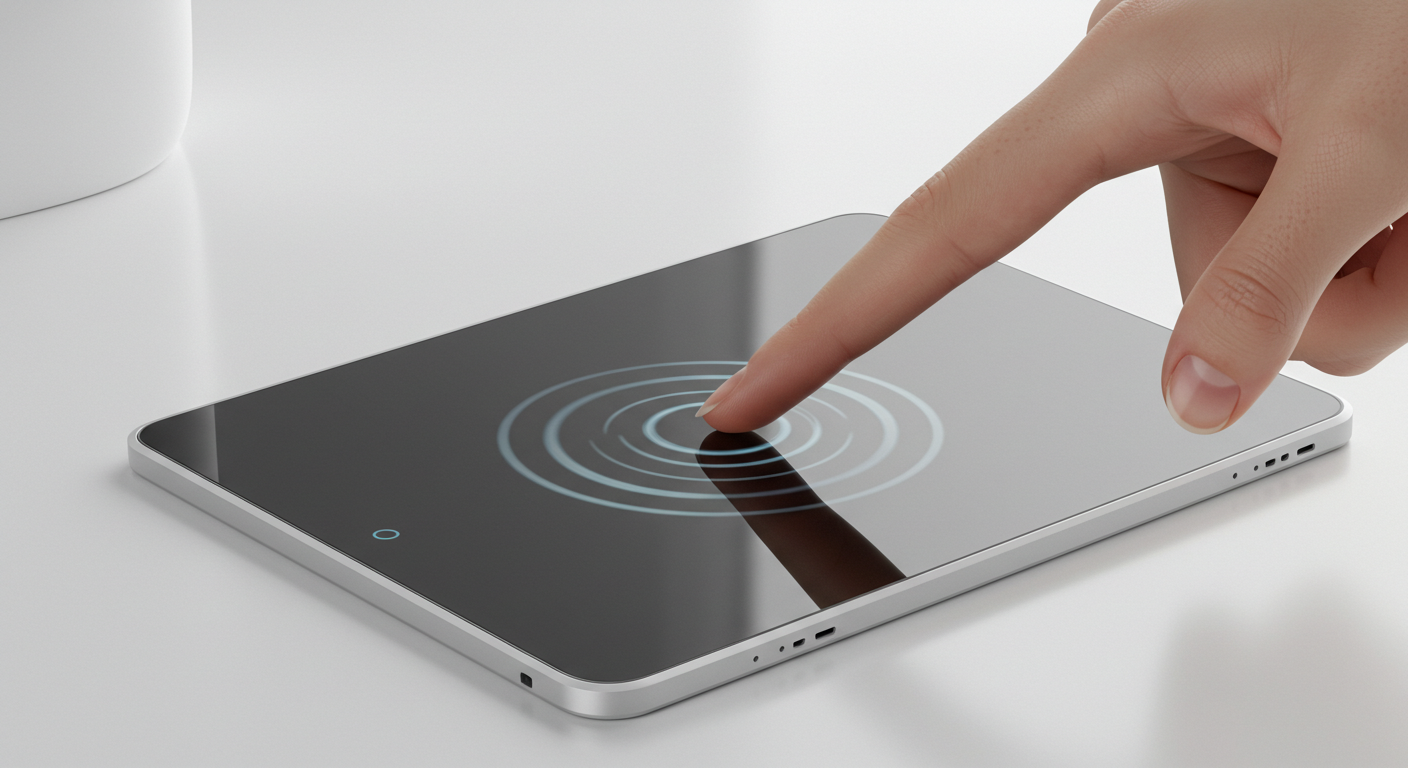
Capacitive Touch Integrated Touchscreen: 2025 Technology
Aug-25-2025
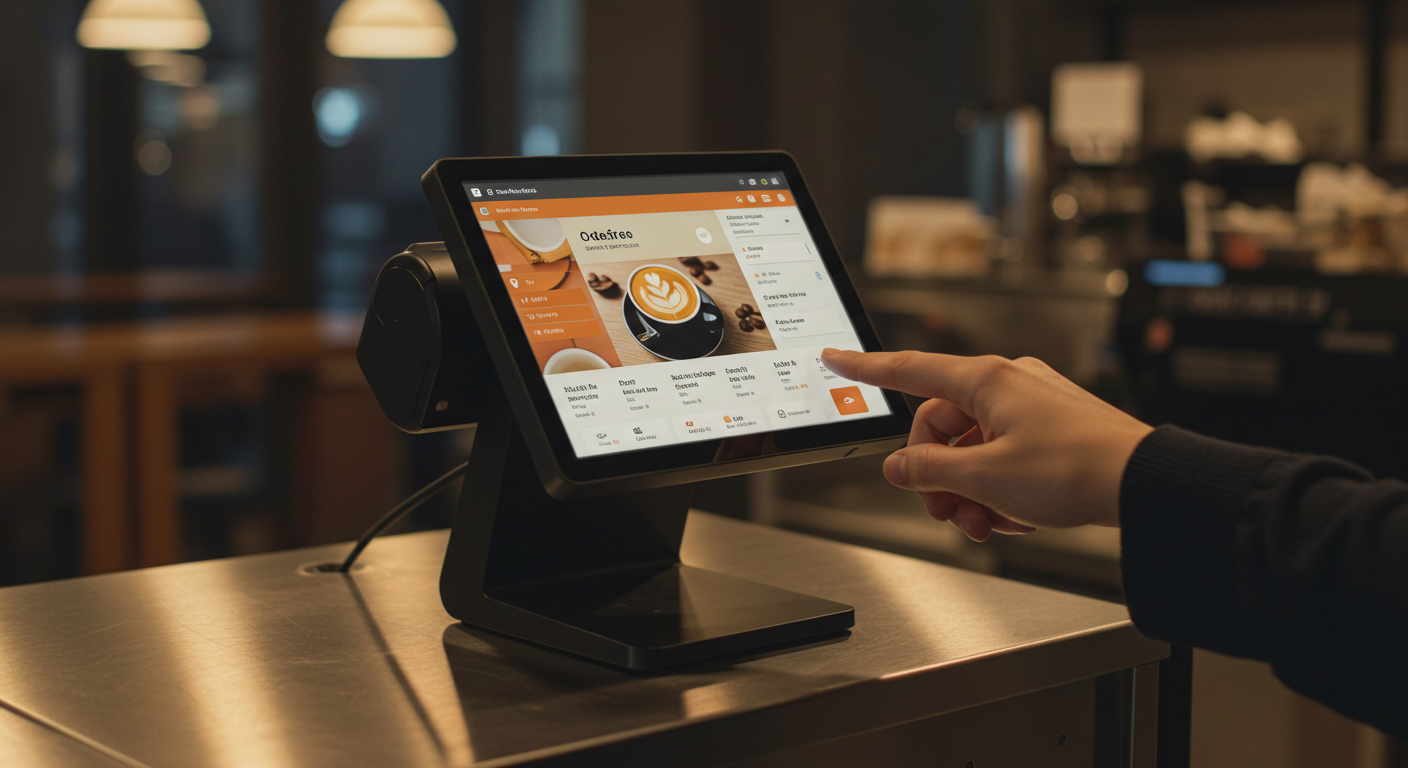
Capacitive Touch Screen POS Terminal – Next-Gen Solutions
Aug-25-2025
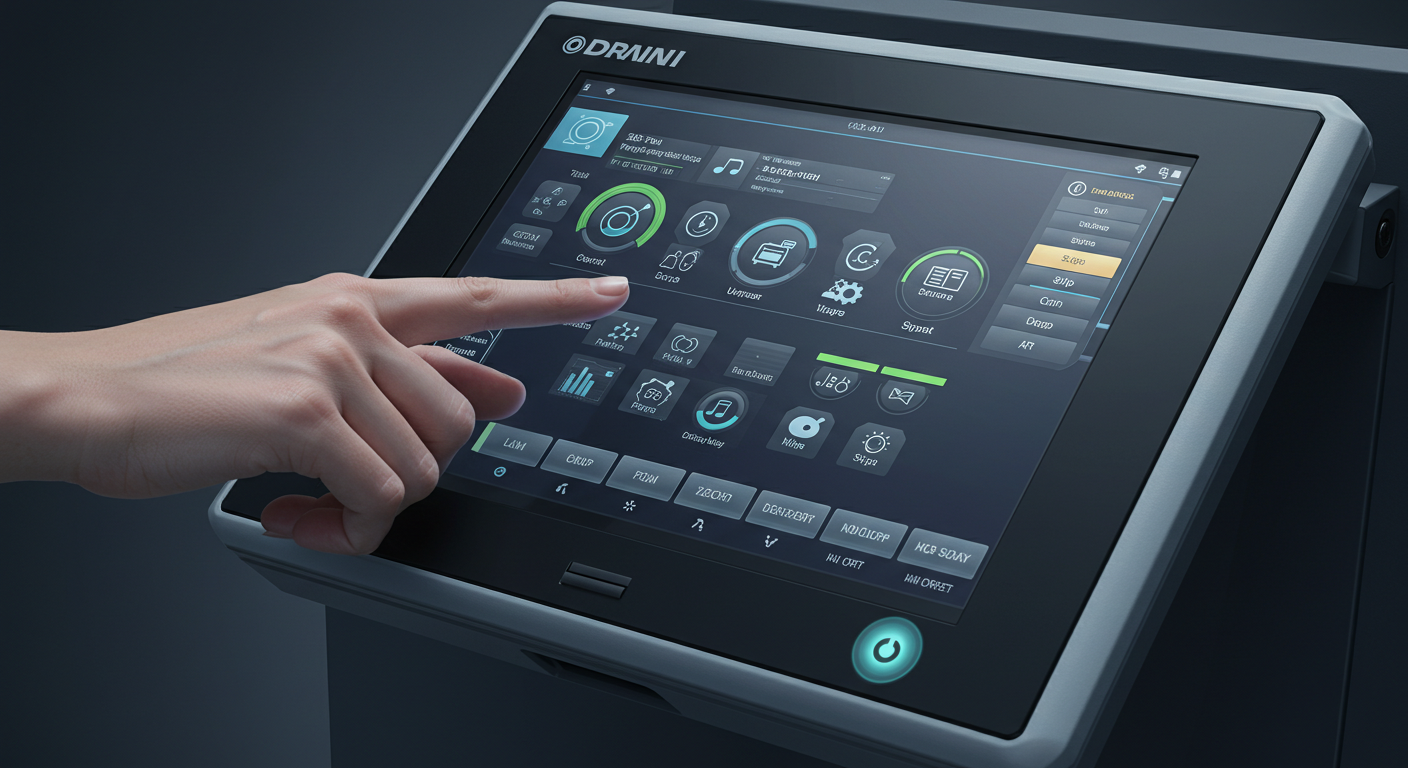
Capacitive Touch HMI Interface | Durable & Ergonomic Control
Aug-24-2025
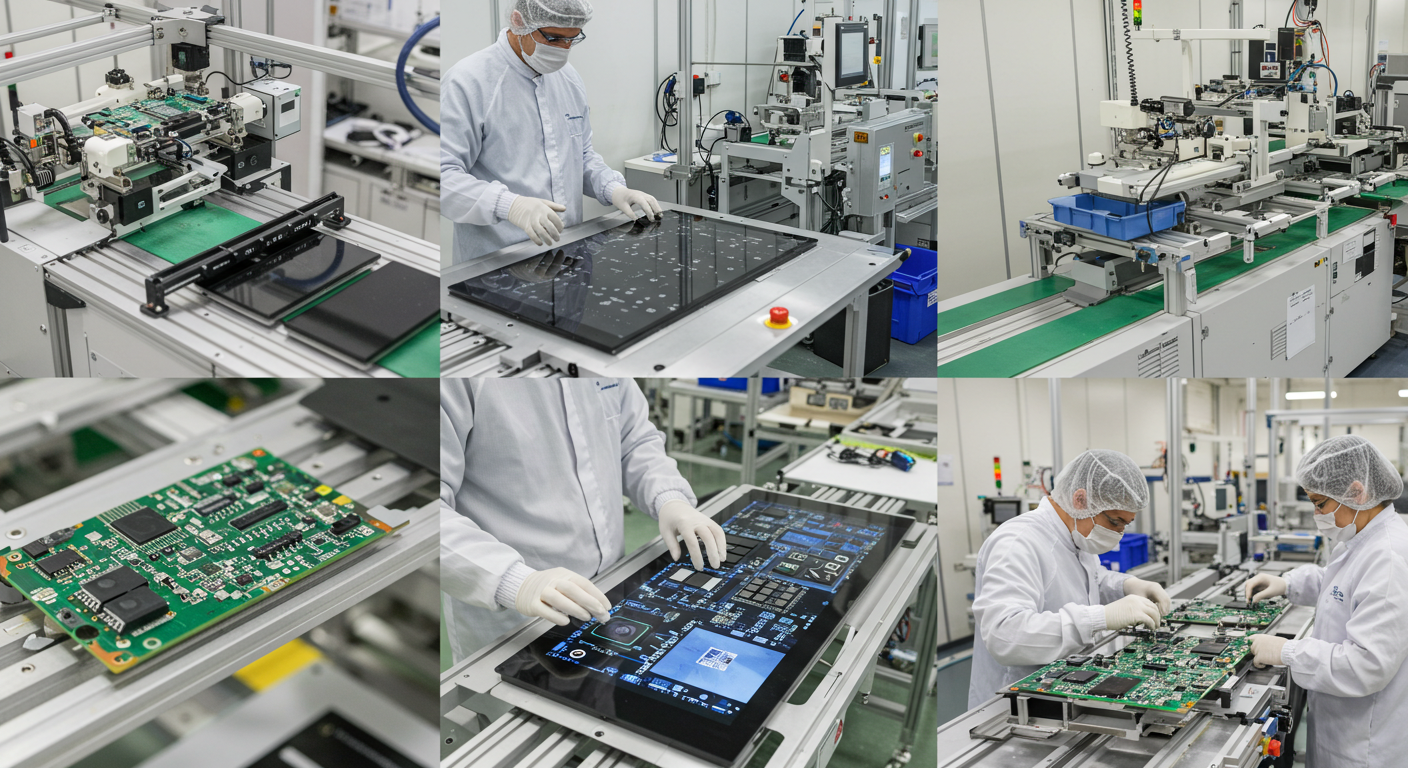
Capacitive Panel OEM Manufacturers – Custom Touchscreen Solutions
Aug-24-2025
Get a Free Quote
✔ 16 Years Manufacture Service ★★★★★
✔ 3 Technical Experts And 52+ Project Engineers Will Assiste You
✔ Wanty Employs Over 52 Engineers, Many Of Whom Come From Leading Tft Lcd Module Companies Such As Tianma And Boe-Varitronix. Each Core Team Member Brings 15 Years Of Industry Experience.
✔ If you would like more information about our products and services, please contact us. Whether you need a standard solution or a customized one, we are here to meet your needs.
✔ Please complete the form below, and the selected location will contact you promptly. Thank you for visiting, and have a great day!
